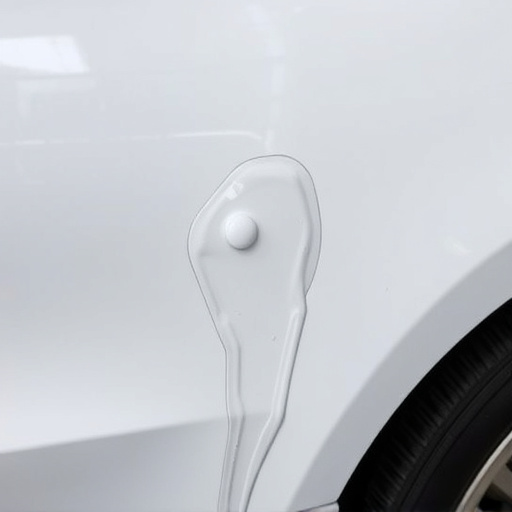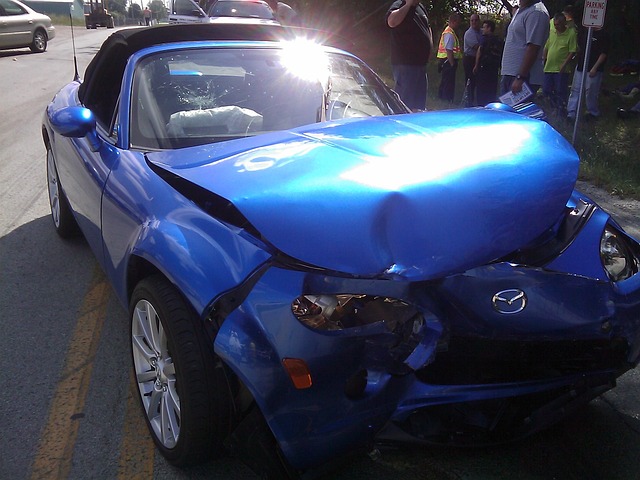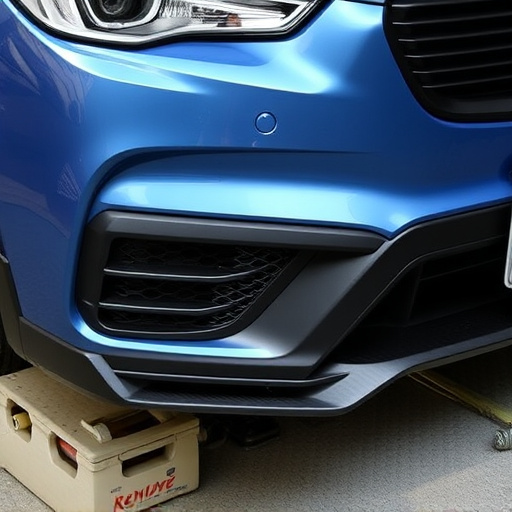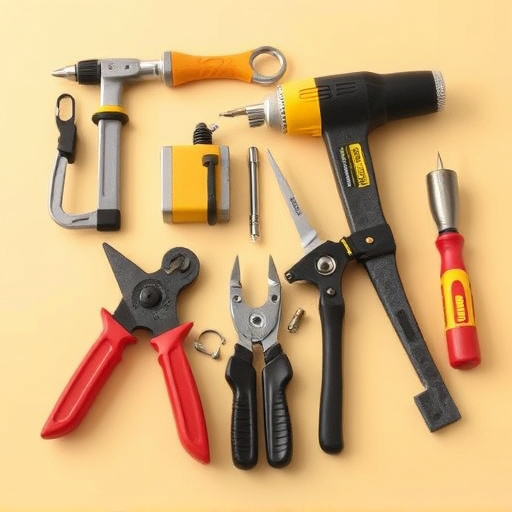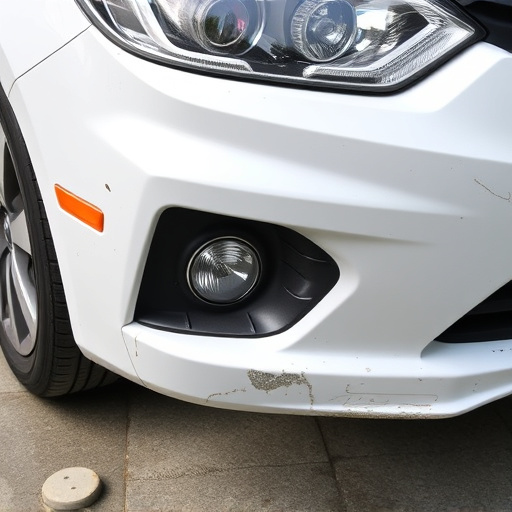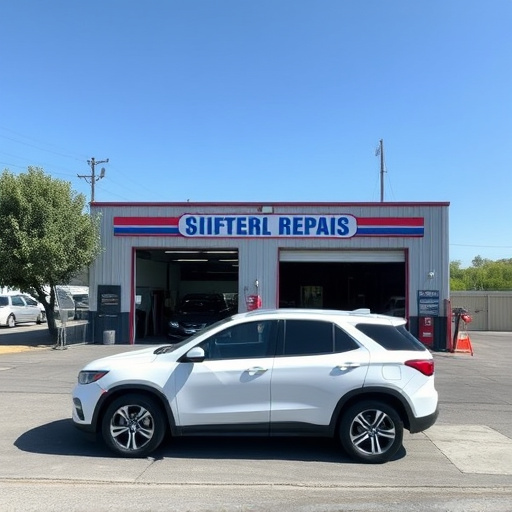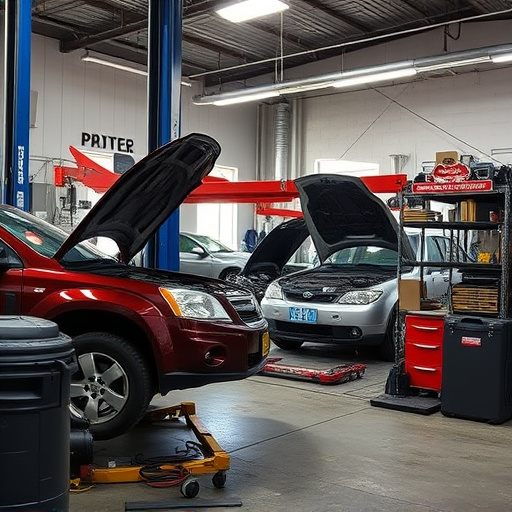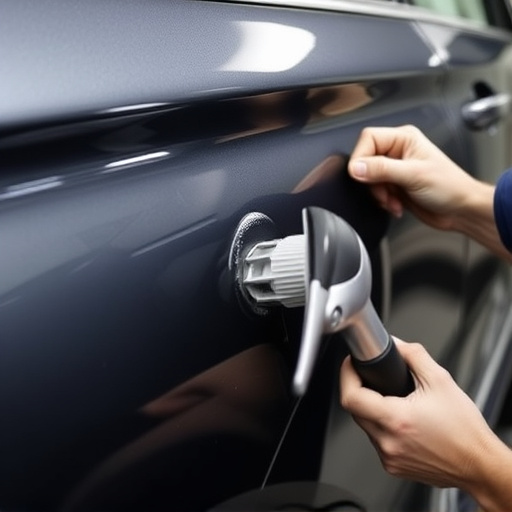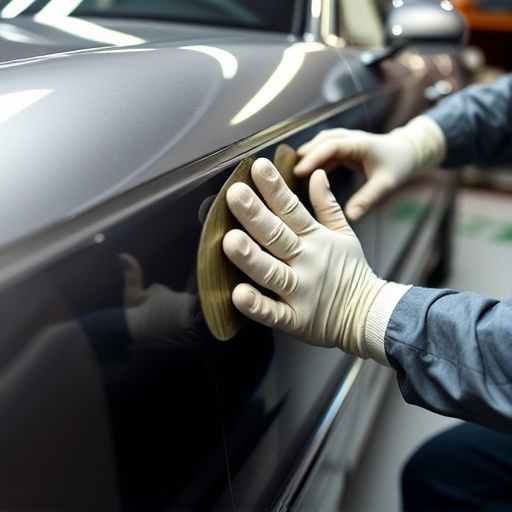Advanced digital tools revolutionize collision repair audits by providing precise data capture, eliminating human error, and enhancing communication between stakeholders. Structured protocols and efficient workflows streamline processes, leading to faster repairs, improved accuracy, and higher customer satisfaction. Data-driven decisions, based on customer feedback and operational metrics, identify areas for improvement and optimize operations, setting higher industry standards for quality and service in collision repair audits.
In the realm of collision repair, efficient and precise audits are key to ensuring high-quality work. This article explores real-world examples highlighting how modern tools and techniques are revolutionizing collision repair audits. From digital measurement tools that enhance precision to streamlined workflows that accelerate repairs, each section delves into practical applications. Additionally, we discuss the power of data analytics in driving informed decisions, ultimately fostering a more robust and efficient collision repair process.
- Enhancing Precision: Digital Measurement Tools in Collision Repair Audits
- Streamlining Processes: Efficient Audit Workflows for Faster Repairs
- Data-Driven Decisions: Using Analytics to Improve Collision Repair Quality
Enhancing Precision: Digital Measurement Tools in Collision Repair Audits
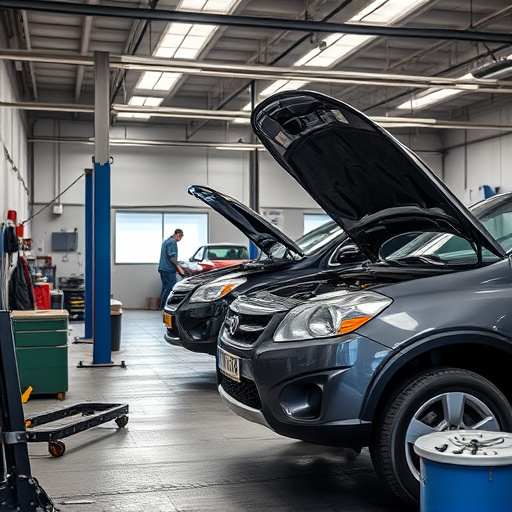
In today’s digital era, collision repair audits are undergoing a significant transformation with the integration of advanced tools and technologies. One of the most notable enhancements is the introduction of digital measurement tools, which offer unprecedented precision in vehicle collision repair processes. Traditional manual measurements can be subjective and prone to human error, but digital alternatives provide exact data, ensuring every detail is accounted for during the audit process. This level of accuracy is crucial for achieving optimal vehicle repair outcomes.
By employing these innovative tools, collision repair facilities can meticulously document damage, capture intricate details, and facilitate more effective communication between auditors, mechanics, and insurance providers. Digital measurements also enable efficient tracking of tire services and other vehicle repair services, ensuring every component is considered during the audit. Consequently, this technology revolutionizes the collision repair audit process, making it faster, more reliable, and ultimately, better for all stakeholders involved.
Streamlining Processes: Efficient Audit Workflows for Faster Repairs
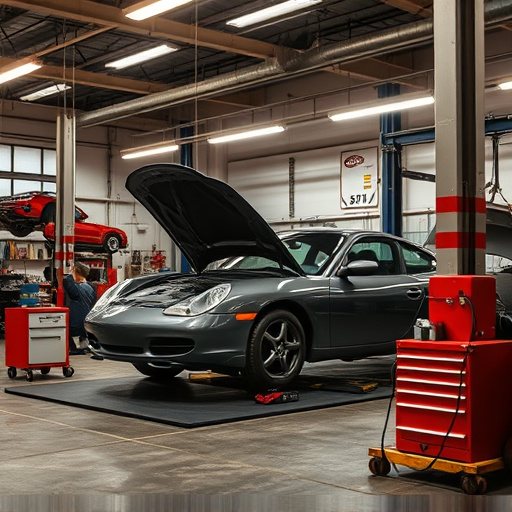
In the fast-paced world of collision repair, every minute counts. Streamlining processes through efficient audit workflows is a game-changer that significantly speeds up repairs and improves customer satisfaction. By implementing structured protocols and digital tools, collision centers can enhance audit accuracy, reduce human error, and streamline the entire process from initial assessment to final car restoration. This not only ensures that each step is documented but also allows for quick identification of areas needing improvement, fostering a culture of continuous enhancement.
Efficient audit workflows facilitate seamless communication between estimators, technicians, and inspectors, ensuring everyone works with the same information. Digital platforms enable real-time updates, instant access to historical data, and automatic alerts for pending tasks, eliminating delays caused by manual record-keeping or miscommunication. As a result, collision centers can boast shorter turnaround times, happier customers, and increased operational efficiency—all hallmarks of a well-optimized collision repair process.
Data-Driven Decisions: Using Analytics to Improve Collision Repair Quality
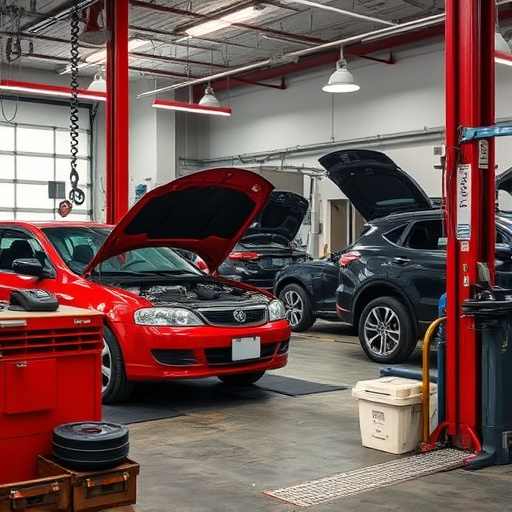
In today’s digital era, collision repair shops are leveraging data-driven decisions to significantly enhance their audit processes and overall quality of car repair services. By collecting and analyzing vast amounts of data from various sources—including customer feedback, service records, and operational metrics—shops can identify patterns, pinpoint areas for improvement, and make informed adjustments. This analytical approach ensures that each collision repair audit is tailored to specific needs, leading to more precise outcomes and better customer satisfaction in the car body shop environment.
For instance, data analytics might reveal recurring issues with certain models or makes of vehicles, prompting the car repair shop to refine its processes accordingly. Moreover, by examining turnaround times, labor costs, and material usage, shops can optimize their operations, making them more efficient and cost-effective. Ultimately, this data-centric methodology fosters a culture of continuous improvement within the collision repair industry, setting higher standards for quality and service across all car repair services.
Collision repair audits are evolving with innovative tools and data analytics, enhancing precision, streamlining workflows, and ultimately improving repair quality. By adopting digital measurement tools, implementing efficient audit processes, and leveraging data-driven insights, the industry is revolutionizing how it assesses and optimizes collision repairs. These real-world examples demonstrate that continuous improvement in collision repair audits is not just possible but essential for maintaining high standards and customer satisfaction.

